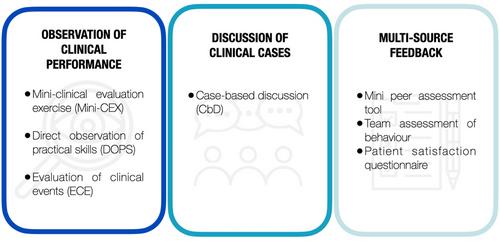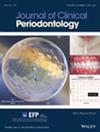Structure, governance and delivery of specialist training programs in periodontology and implant dentistry
Abstract
Aim
To update the competences and learning outcomes and their evaluation, educational methods and education quality assurance for the training of contemporary specialists in periodontology, including the impact of the 2018 Classification of Periodontal and Peri-implant Diseases and Conditions (2018 Classification hereafter) and the European Federation of Periodontology (EFP) Clinical Practice Guidelines (CPGs).
Methods
Evidence was gathered through scientific databases and by searching for European policies on higher education. In addition, two surveys were designed and sent to program directors and graduates.
Results
Program directors reported that curricula were periodically adapted to incorporate advances in diagnosis, classification, treatment guidelines and clinical techniques, including the 2018 Classification and the EFP CPGs. Graduates evaluated their overall training positively, although satisfaction was limited for training in mucogingival and surgical procedures related to dental implants. Traditional educational methods, such as didactic lectures, are still commonly employed, but they are now often associated with more interactive methods such as case-based seminars and problem-based and simulation-based learning. The evaluation of competences/learning outcomes should employ multiple methods of assessment.
Conclusion
An update of competences and learning outcomes of specialist training in periodontology is proposed, including knowledge and practical application of the 2018 Classification and CPGs. Harmonizing specialist training in periodontology is a critical issue at the European level.


 求助内容:
求助内容: 应助结果提醒方式:
应助结果提醒方式:


